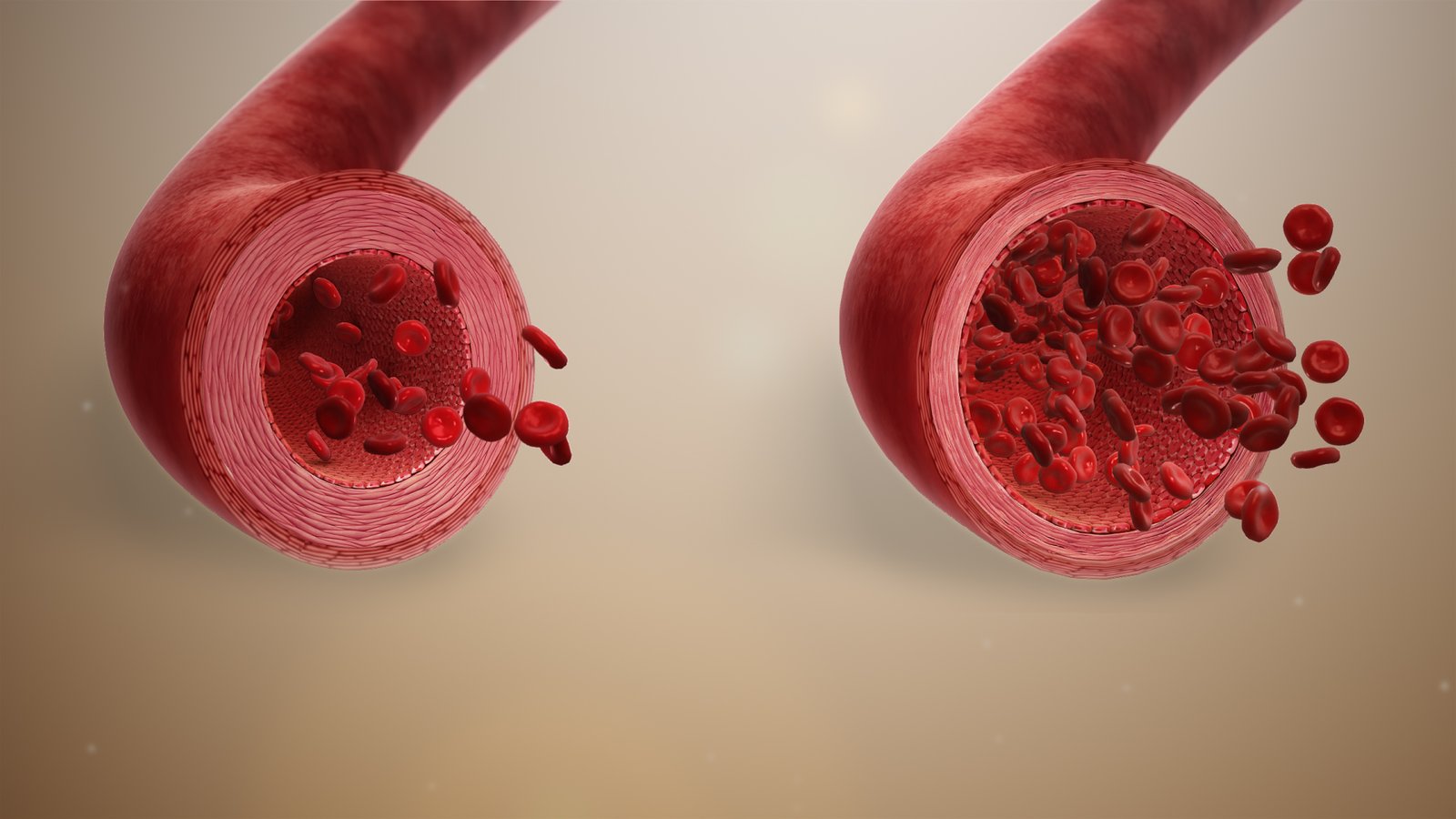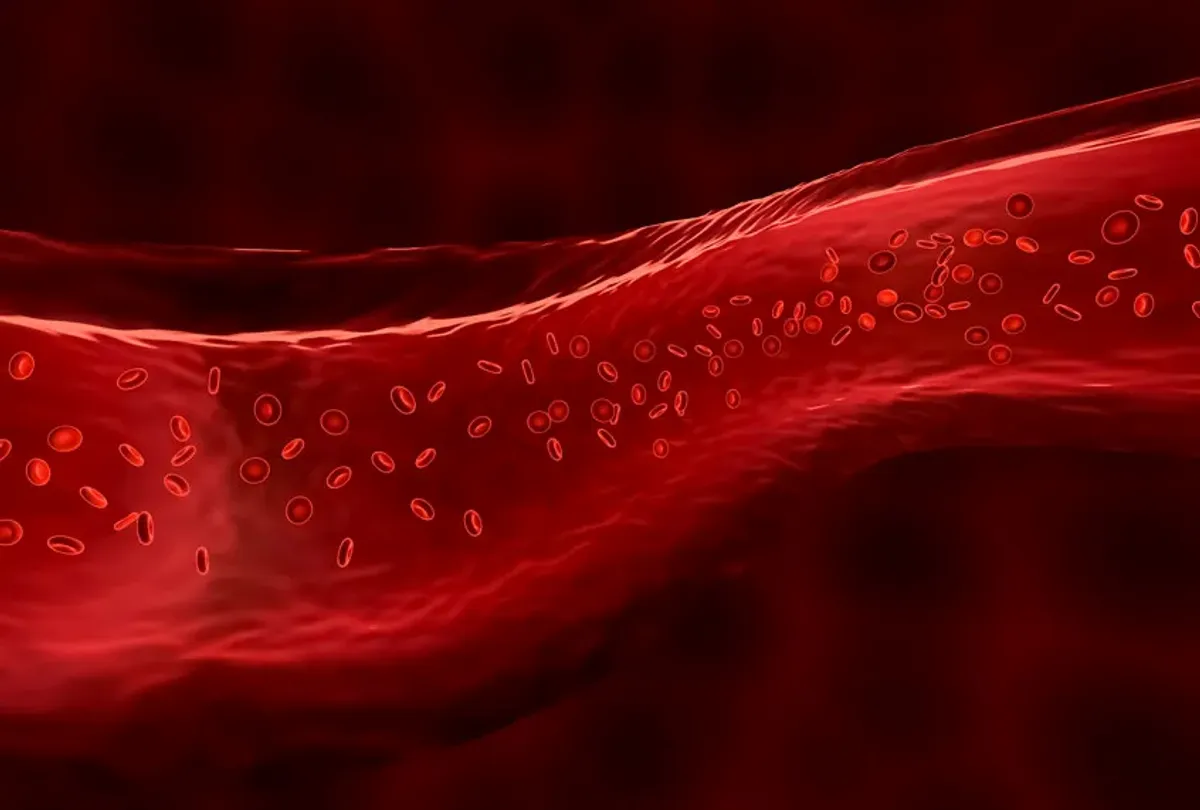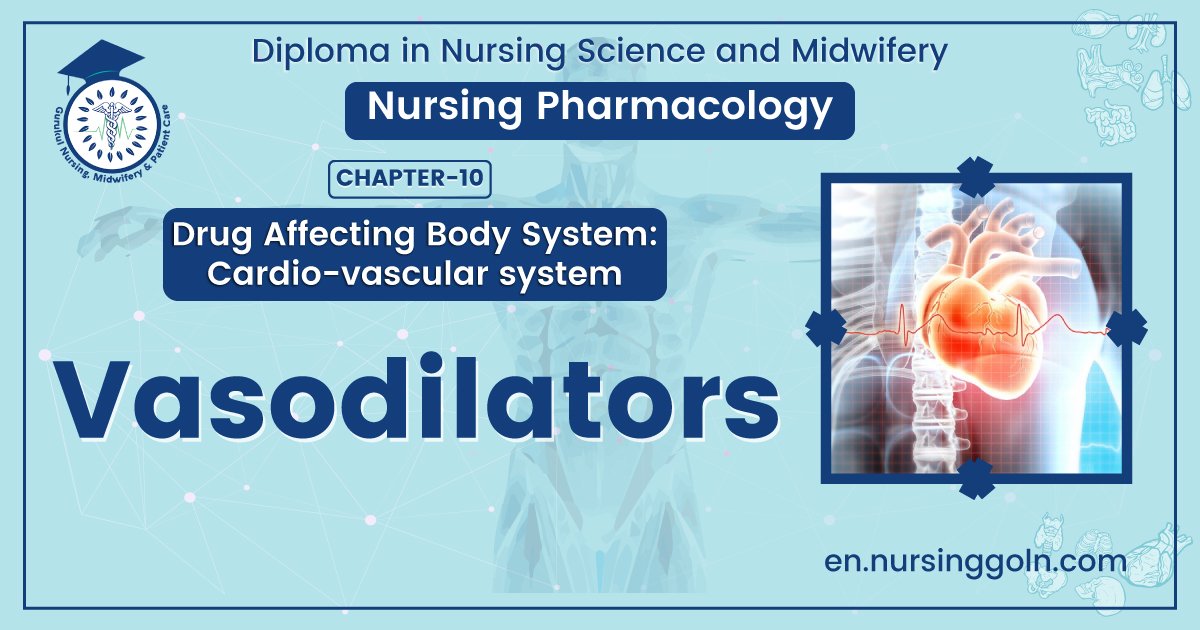Concept About Vasodilators- This book covers the entire syllabus of “Pharmacology” prescribed by BNMC- for diploma in nursing science & midwifery students. We tried to accommodate the latest information and topics. This book is an examination setup according to the teachers’ lectures and examination questions.
At the end of the book, previous questions are given. We hope in touch with the book students’ knowledge will be upgraded and flourish. The unique way of presentation may make your reading of the book a pleasurable experience.
Concept About Vasodilators
Classification of vasodilators
1. Dilates arterial side only:
- Diazoxide (l/v)
- Minoxidil (oral)
- Hydralazine (oral)
2. Dilates both arterial and venous site:
- Na-nitroprusside(r/v)
- Prazosin (oral)
- Terazosin (oral)
3. Ca++ channel blockers:
- Nifedipine
- Verapamil
- Diltiazem
4. ACE inhibitors:
- Captopril
- Enalapril
- Lisinopril
5. Coronary vasodilators
- Glyceryl tri-nitrate
- Isosorbide dinitrate
- Isosorbide mononitrate
- Atenolol
- Propranolol.

Possible adverse effects of vasodilators
Adverse effects (risks)
- Compensatory tachycardia
- Arrhythmia
- Precipitation of anginal pain.
- Oedema (due to Na retention)
Management
1. Therapeutic combination can reduce the risks.
2. Vasodilator + Diuretics + B-blocker.
3. Diuretics: Prevents Na+ retention.
4. B-blockers: Prevent cardiac compensatory mechanism. So, vasodilators are never used alone; they are 3rd step drugs.
Diazoxide
It is a non-diuretic congener of thiazide group. That is, it has no diuretic effect though it is a thiazide.
- Dilates arterial site only (directly acting vasodilator).
- It is given in emergency (severe hypertension, heart failure).
- Orally, it produces mild action.
- Intense action seen within 5 minutes by i/v route.
Pharmacokinetics of Diazoxide
- Route of administration: i/v, oral
- Distribution: 90% bound with plasma protein
- Onset of action: within 3-5 hours.
- Plasma half-life: 30 hours.
- Duration of action: 4-12 hours.
Anti-hypertensive action of Diazoxide
Diazoxide
↓
Dilates resistant vessels Arteriolar dilatation
↓
Decrease peripheral resistance Decrease blood pressure
↓
Indications of Diazoxide
- Emergency control of severe hypertension.
- Heart failure.
- Insulinoma (orally given)
Adverse effects of Diazoxide
- Severe hypotension (due to sudden fall of B.P)
- Stroke or myocardial infarction.
- Frank oedema (due to retention of Nat and water)
- Hyperglycaemia with or without ketoacidosis (due to inhibition of release of stored insulin from B-
Na+ Nitroprusside
Na nitroprusside is the “Gold standard” for use in the hypertensive crisis because it provides smooth and predictable blood pressure control.
Pharmacokinetics of Na+ nitroprusside
- Route of administration: Parenteral (when exposed to light, nitroprusside is hydrolysed to cyanide. So should not given orally).
- Onset of action: within 1 minute.
- Duration: 15 minutes (so continuous infusion is required)
- Metabolism: metabolized to cyanide in RBC. Cyanide converted into thiocyanate in liver (urinary excretion).
Pharmacological action of Na-Nitroprusside
Directly acting vasodilator (dilates both arterial & venous
Anti-hypertensive action:
Na-nitroprusside Stimulate guanylyl cyclase
↓
Increase intracellular cGMP Relaxed vascular smooth muscle
↓
Arteriolar dilatation, venous dilatation
↓
Decrease peripheral resistance Decrease central venous
pressure
↓
Decrease blood pressure
↓
Anti-anginal action (by reducing cardiac pre-load).
Indication of Na+ -nitroprusside
- Hypertensive emergencies.
- Congestive cardiac failure.
- For controlled hypertension in surgery.
- Acute myocardial infarction.
- Angina.
- In surgery (when hypotension is required to minimize bleeding)

Adverse effects of Na+ -Nitroprussidele
1. Main toxicity: Thiocyanate toxicity (due to excessive continuous infusion).
2. Minor toxicity:
- Arrhythmia
- Postural hypotension
- Metabolic acidosis.
Thiocyanate toxicity
- Weakness
- Disorientation,
- Muscle spasm
- Delirium.
Prazosin (Mini-Press)
It is very potent and selective a -adrenoceptor antagonist.
- It has thousand folds greater affinity for al -receptors than a2-receptors
- Route, of administration; oral.
- Plasma half-life: 3 hours.
Mode of action of Prazosin
Prazosin blocks the post-synaptic o-adrenergic receptors. Thus prazosin inhibits the vasoconstriction produced by the nor-epinephrine that is released from sympathetic nerve endings. So, there is vasodilatation and fall of B P. “It also decreases peripheral vascular resistance without secondary reflex tachycardia or increases in renin activity in the plasma

Pharmacological action of Prazosin
- Relaxes vascular smooth muscles.
- Decrease T.P.R (total peripheral resistance)
- Decrease venous return.
- Reduce B.P (mainly diastolic).
- Conserves Na and water.
- Plasma volume increases.
- Relieves pulmonary congestion.
- Reduces both left ventricular end diastolic volume and aortic impedance to
- left ventricular ejection in
- congestive cardiac failure (CCF).
Indication of prazosin
- Mild to moderate hypertension.
- CCF
- Raynaud’s disease
- Prinzmetal angina.
Adverse effects of prazosin
- First dose effect (severe postural hypotension sufficient to cause loss of consciousness).
- Syncope, headache, dizziness and palpitation.
Read more:
